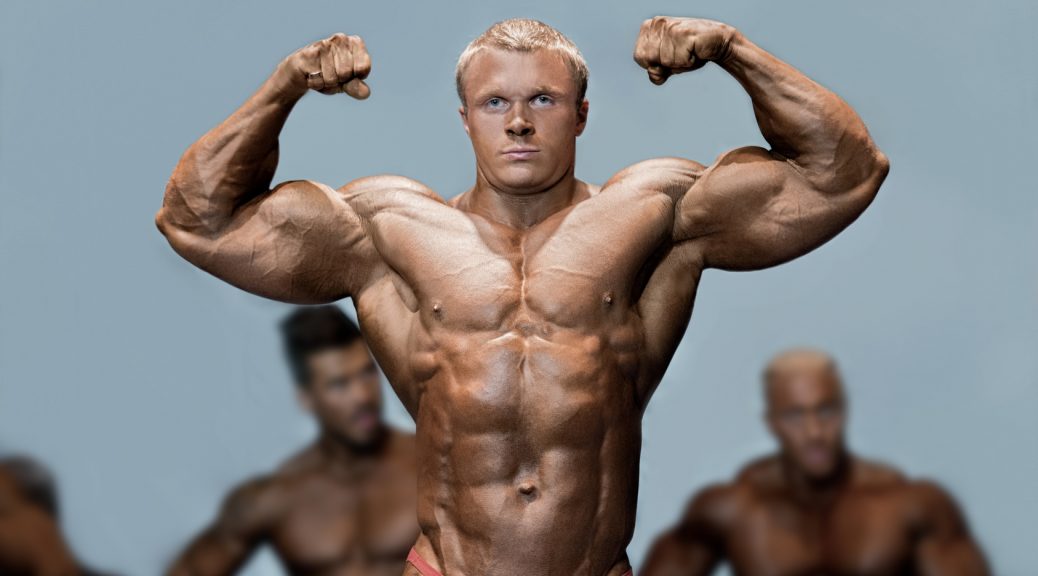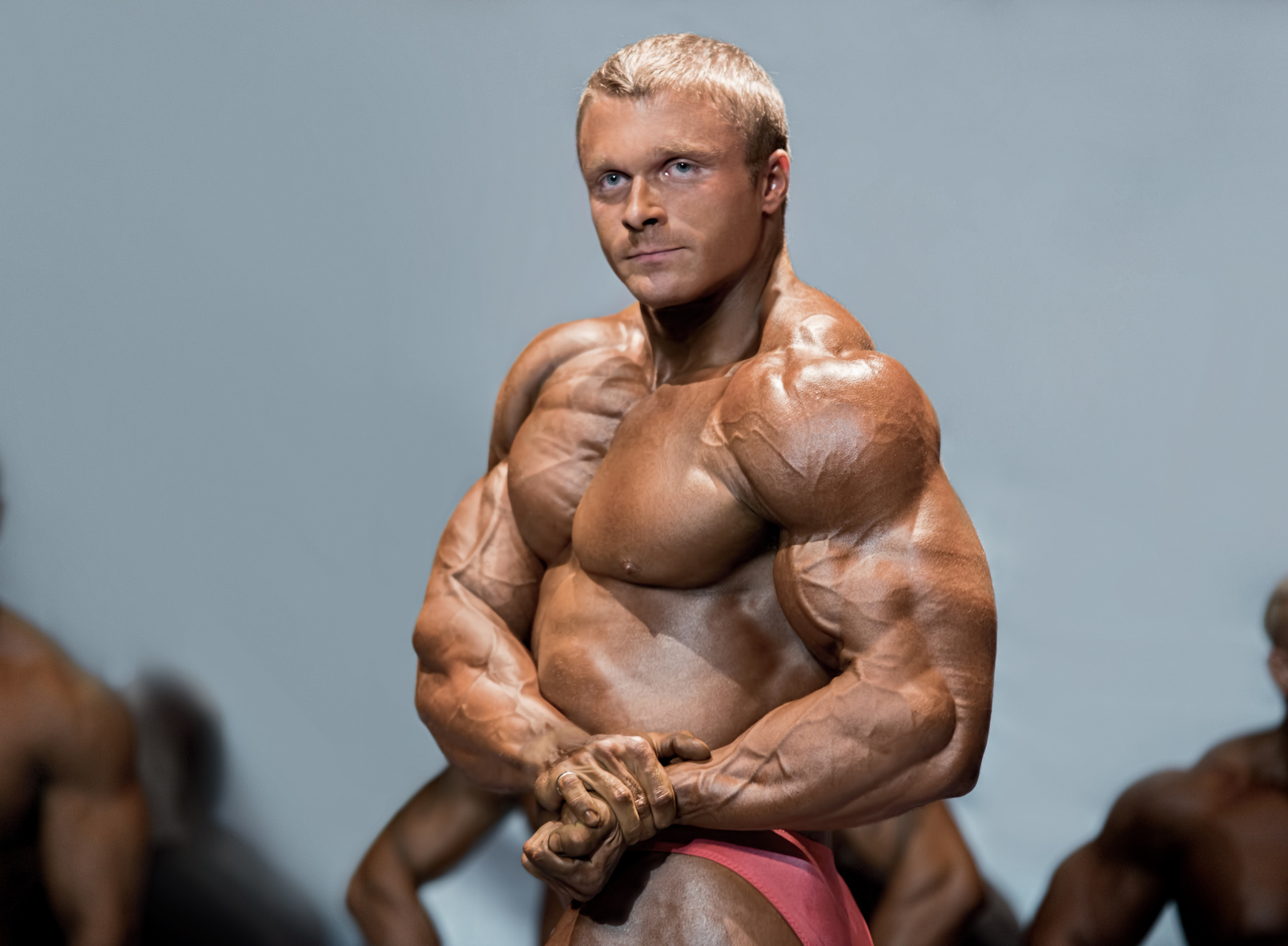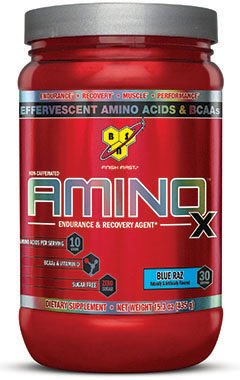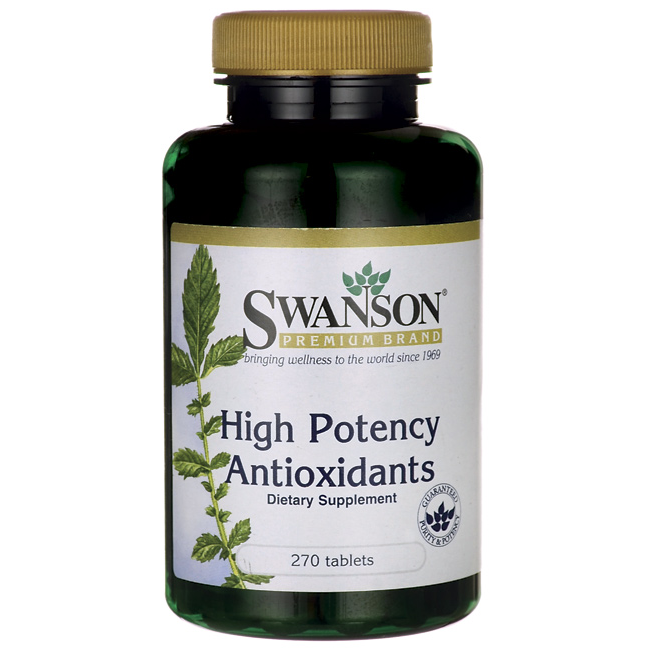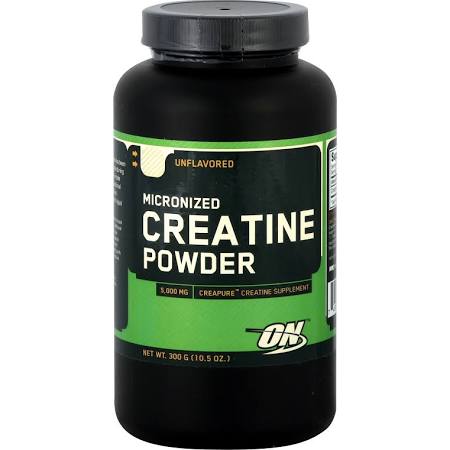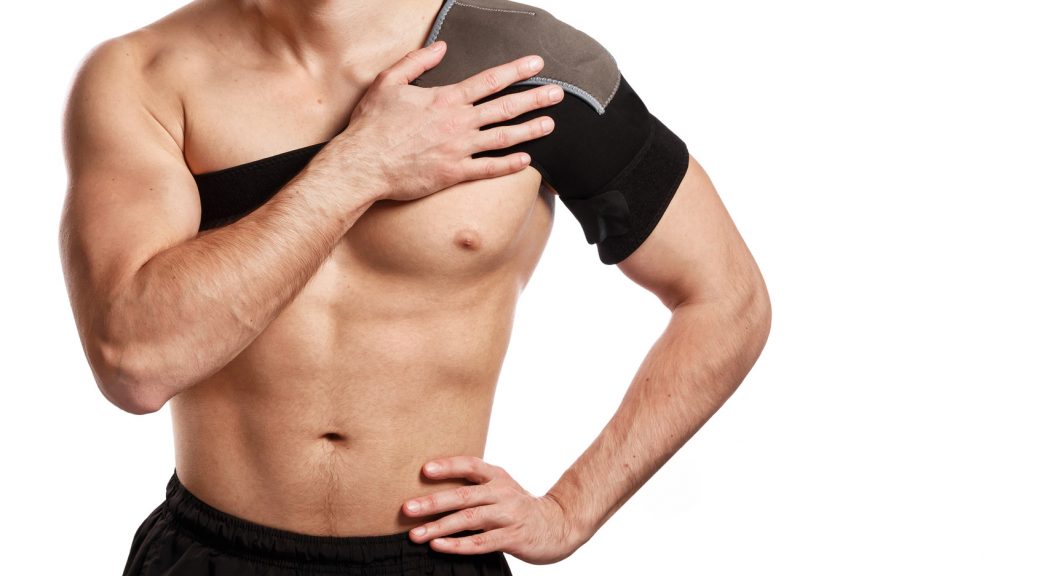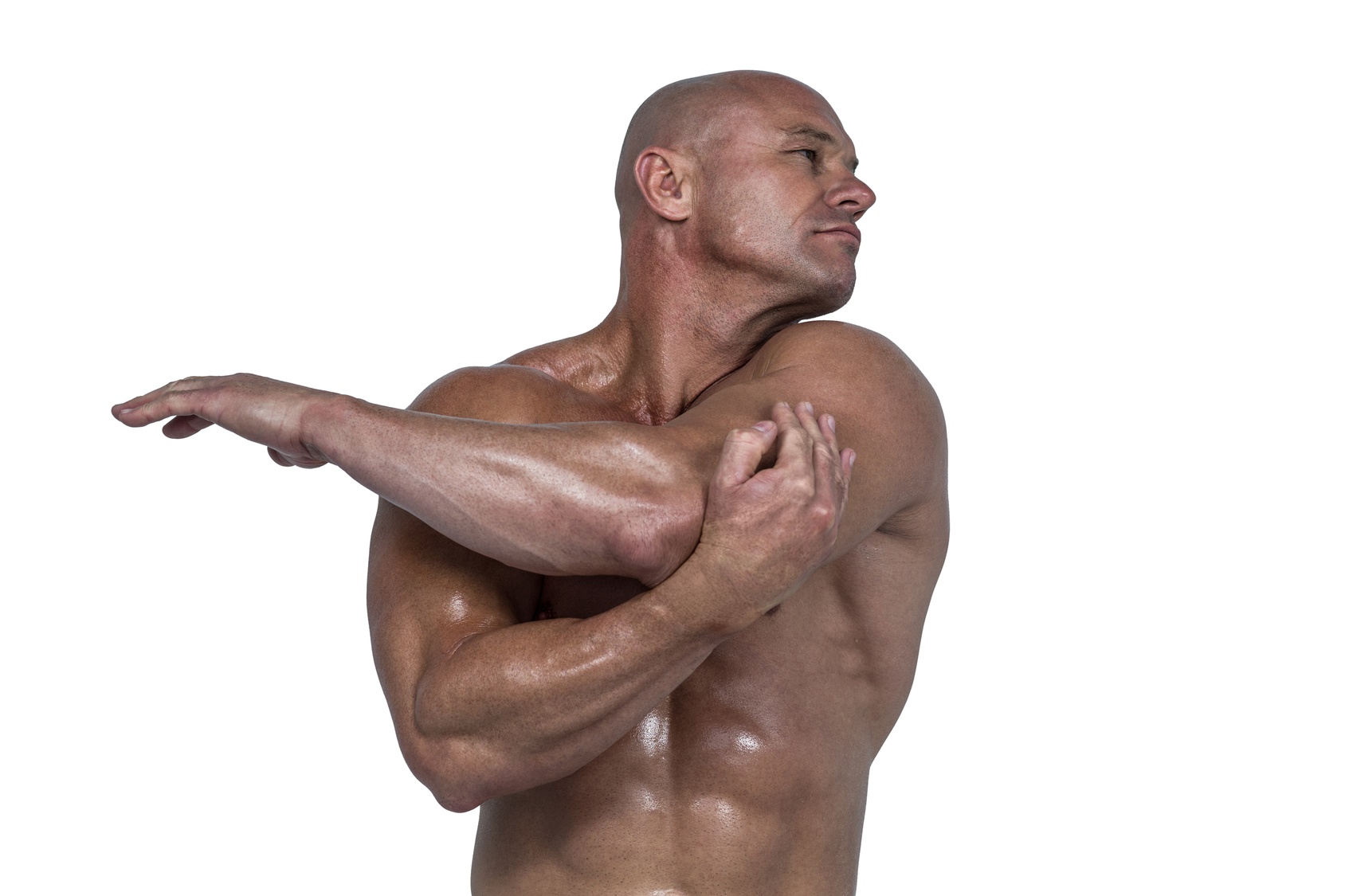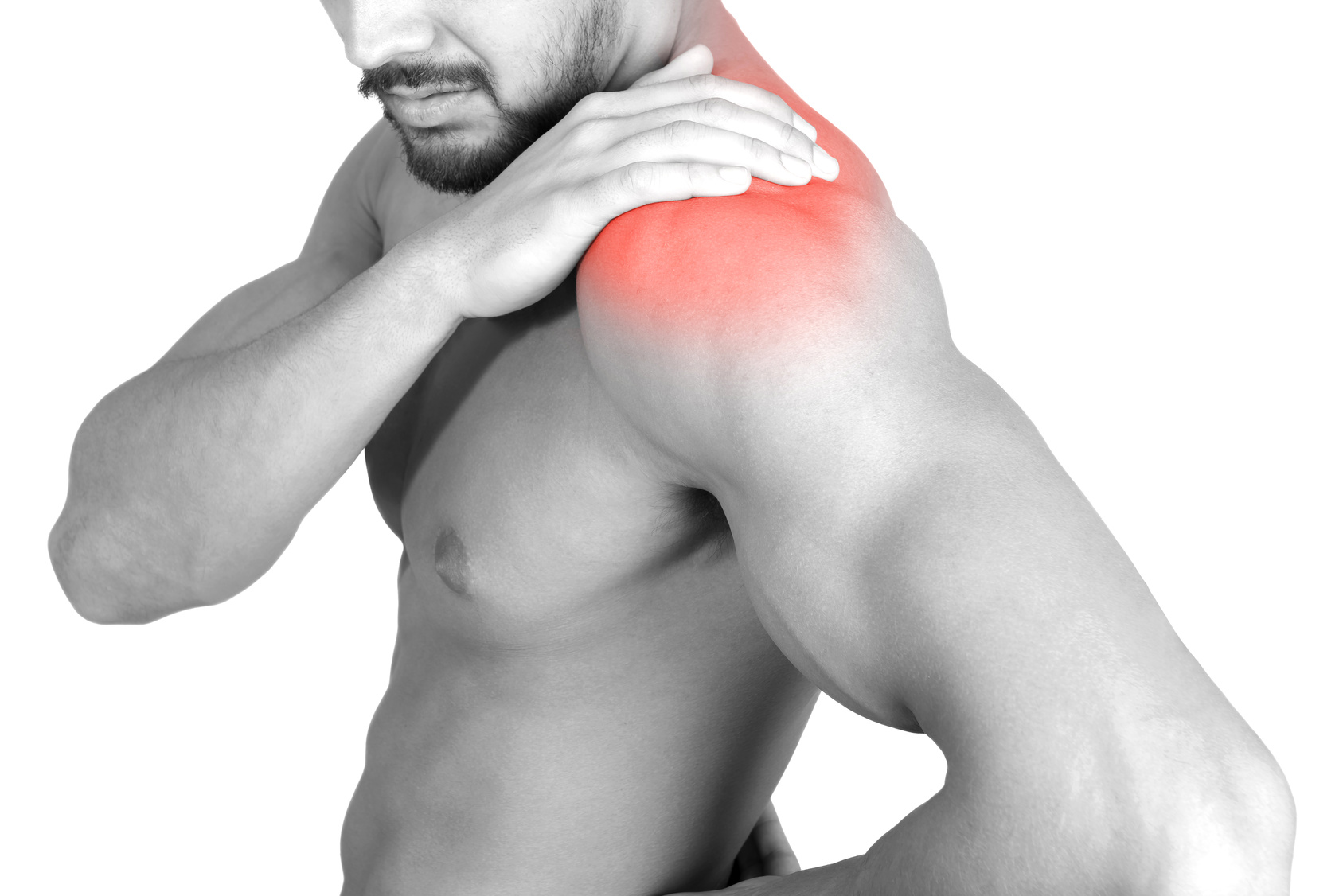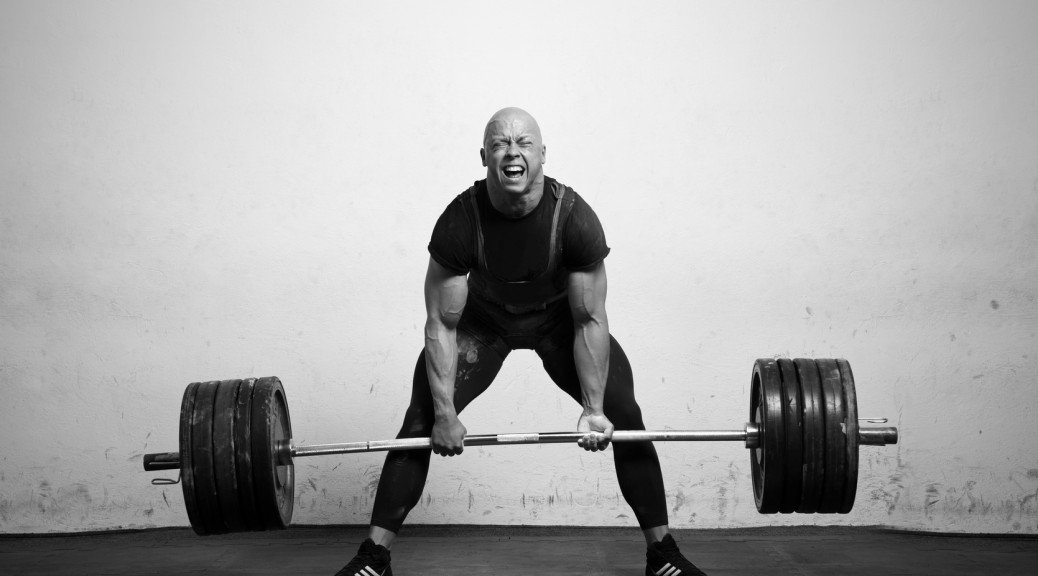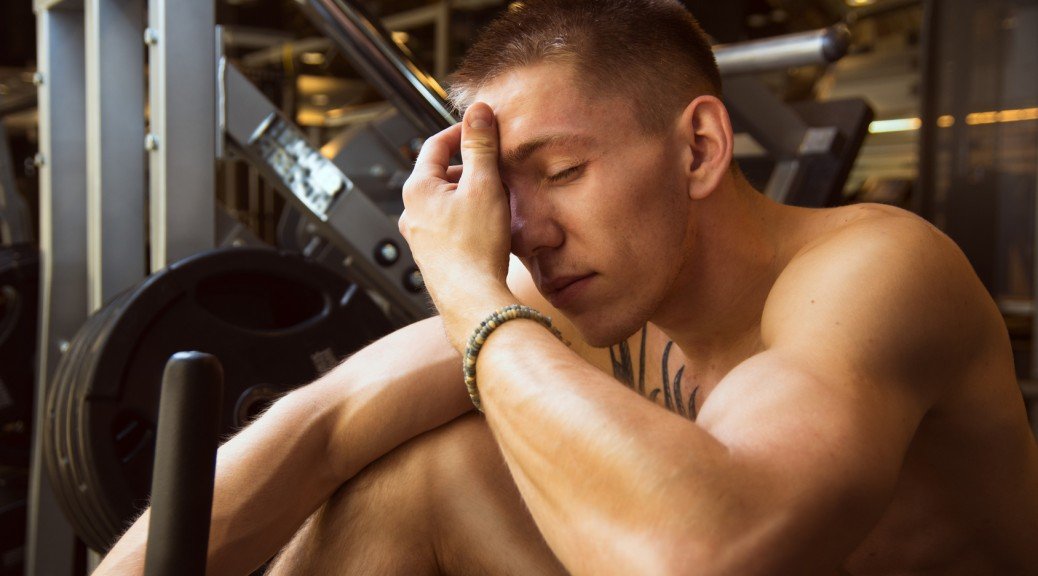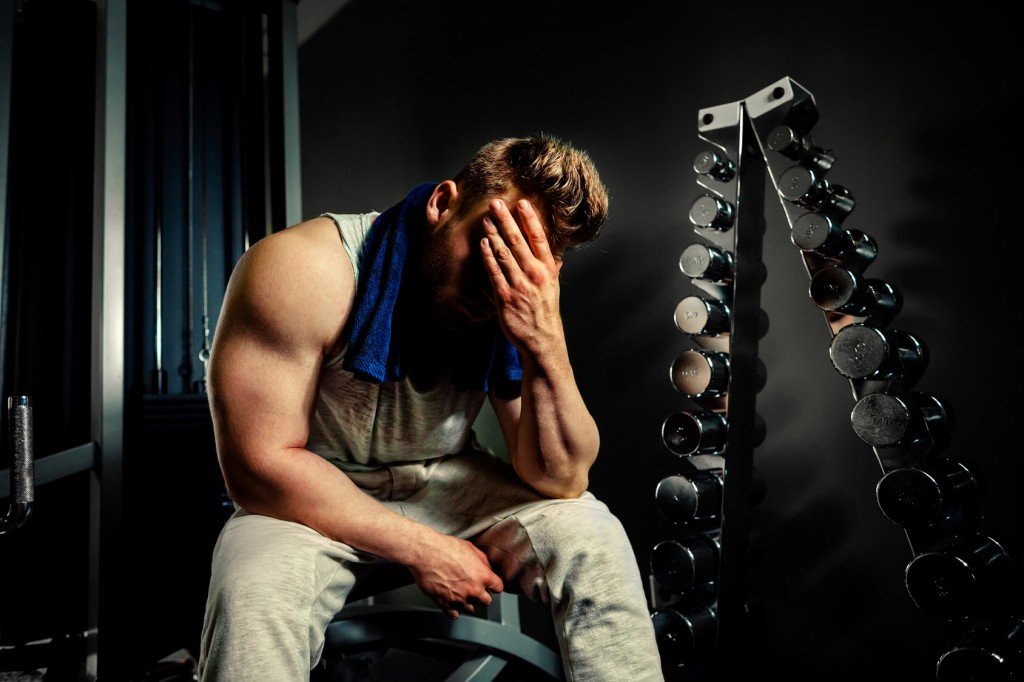Getting used to visiting the gym on a daily basis is a fairly difficult task to accomplish as is, however, getting stuck in a single exercise routine is easy. You’re probably thinking that any workout is better than no workout, right? Have in mind that getting stuck in an exercise routine is one of the main reasons why people stop making improvements and start losing motivation. Fortunately, there’s a number of ways you can elevate your workout routine and the following five are the easiest one to incorporate into your every life.
- Drink the right protein
You probably already know that drinking a protein shake after a workout helps muscles recover and promotes a healthy weight gain. What you might not know is that different types of protein produce different results. Whey protein’s concentrate and isolate forms are well-known for their excellent muscle-building properties, however, there appears to be an even better and far more effective form of whey called hydrolysate. The Journal of Applied Physiology featured a study in 2009 that compared the effectiveness of whey hydrolysate with micellar casein and soy protein. Whey hydrolysate, which is a broken-down form of the popular whey isolate, is not only absorbed faster, but also stimulates the synthesis of muscles to a far greater degree than casein and soy.
2. Stretch between sets
Stretching is a great way to maintain and improve flexibility, but unfortunately, a lot of lifters simply don’t give stretching nearly as enough attention as they should. Stretching decreases the chance of sustaining an injury during a workout and helps us increase our range of motion and prevent becoming bound by our muscles. Make sure to incorporate some basic stretching exercises in between sets. This will help you increase your lifting performance and allow you to do it more safely. For example, you can stretch your hip flexors while resting between deadlifting sets.
Finding a good gym partner is important for two reasons. First, a partner can motivate and push you to work out even when you don’t feel like it and can be a real life-changer when it comes to working out regularly. Secondly, every exercise you do needs to be done in a certain manner in order for it to be effective. Some exercises might be difficult to do, especially if you’ve never done them before. Your gym partner can act as your “spotter” and make sure that you’re doing your exercises safely and accurately.
4. Keep track of your progress
Trying to remember every exercise, every repetition and weight progression for each exercise is next to impossible. What you should do instead is make a detailed record of your exercise and lifting history and give yourself a visual representation of your progress. You can go old-school and use a pen and paper or you can simply download one of the countless fitness- and workout-tracking apps available in the store. Some apps even send motivational messages to get you pumped up before a workout.
 5. Wear the right workout gear
5. Wear the right workout gear
Enclothed cognition is a term used to describe a type of mental shift one experiences when wearing a certain type of clothes. Clothing can have a profound impact on attitude and behavior and changing into a specific type of clothes allows people to “get into character” the same way an actor would get into character by putting on a specific costume. The very act of changing into your gym clothes or putting on a quality pair of bodybuilding shoes is enough to put you into the necessary mindset and mentally prepare you for the task at hand.
Simply going to the gym is not enough. You need to take every possible step you can towards improving your workout regime and keeping it interesting over time. No matter what type of exercise you’re doing, it’s important to have someone who will not only keep you company but also ensure you’re working out properly. Always wear the appropriate gear, stretch between sets and use whey protein after workouts to help your muscles regenerate more quickly.
Luke is a fitness and health blogger at Ripped-Science.com and Ripped.me and a great fan of the gym and a healthy diet. He follows the trends in fitness, gym and healthy life and loves to share his knowledge through useful and informative articles. https://twitter.com/mrlukeidouglas





